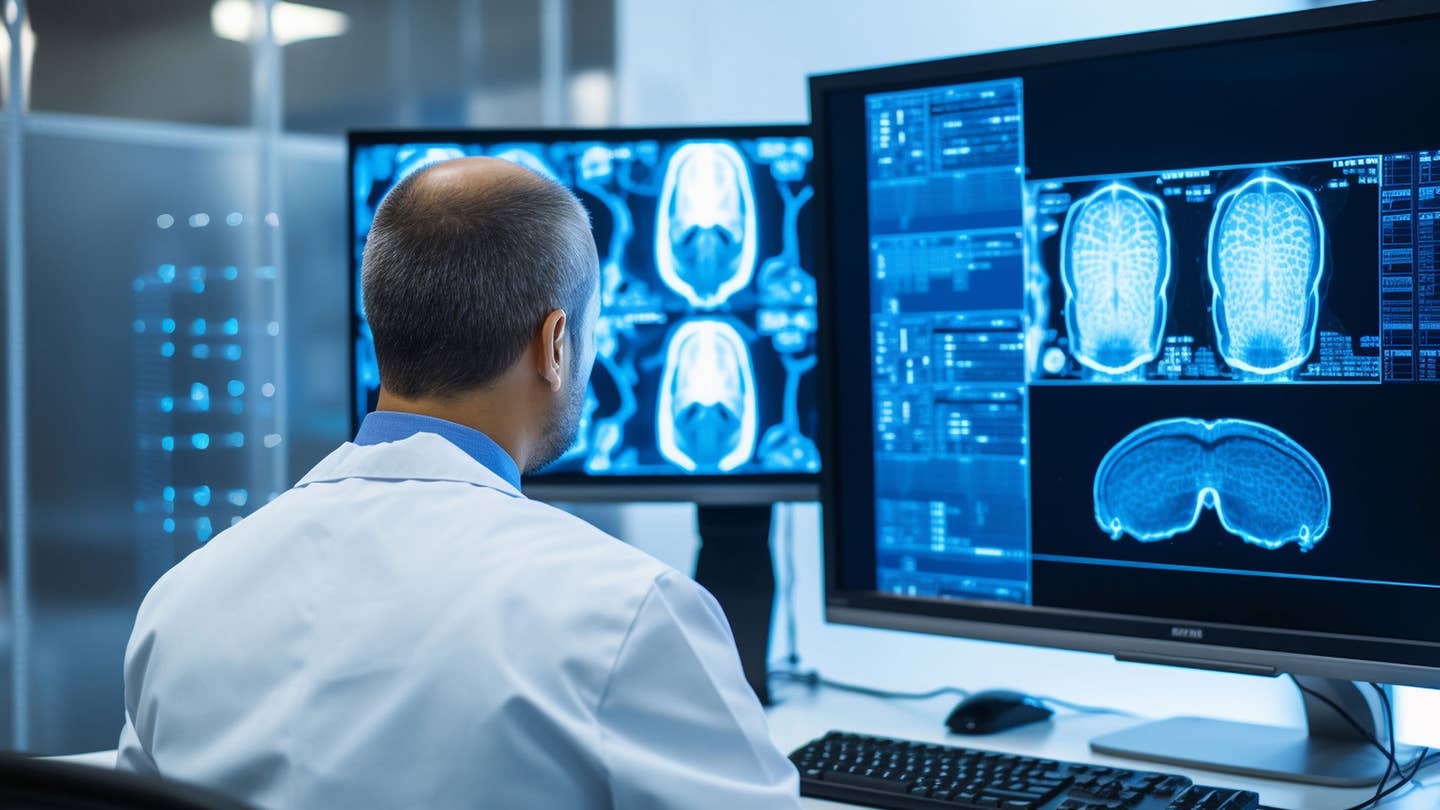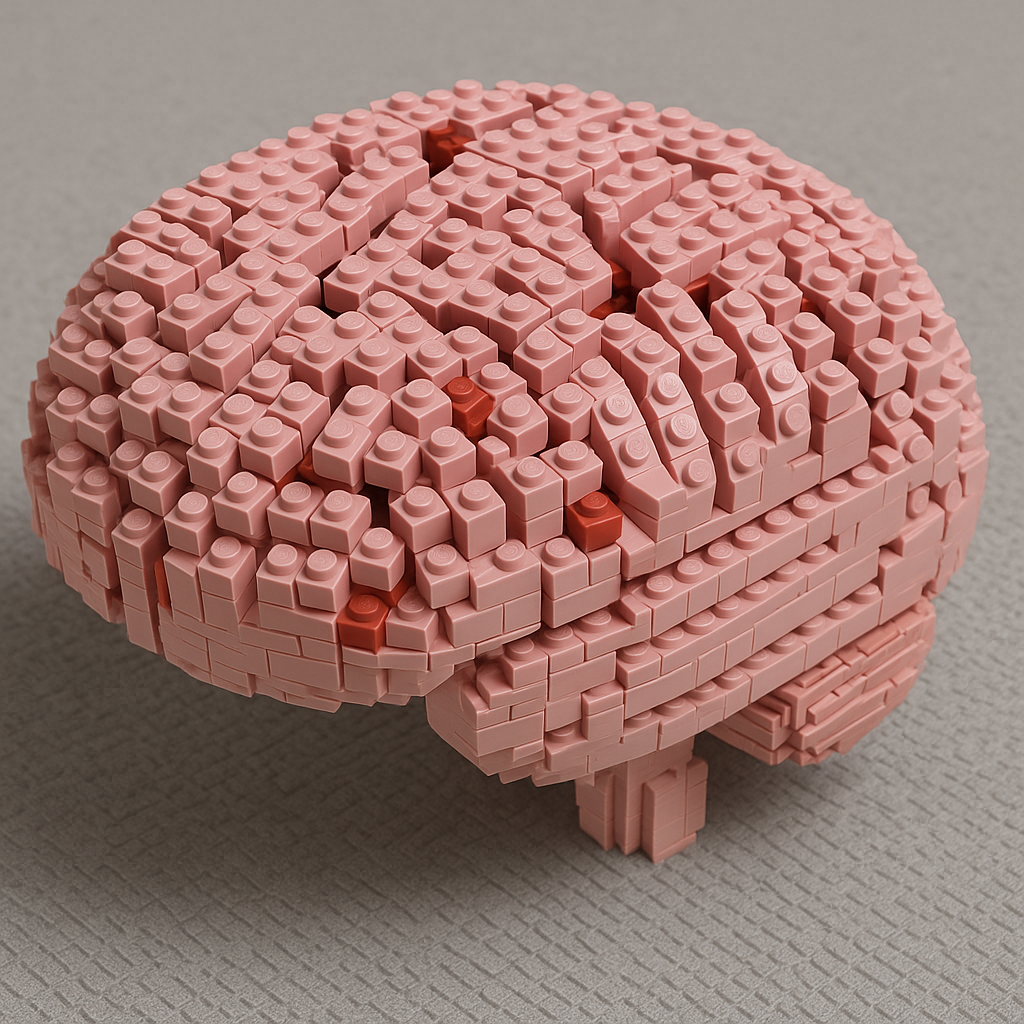Scientists use brain imaging to spot early signs of Alzheimer’s
New brain mapping study uncovers early Alzheimer’s signs by detecting subtle network changes before memory loss begins.

A breakthrough in personalized brain imaging helps scientists detect Alzheimer’s disease years before symptoms appear, offering new hope for early intervention. (CREDIT: CC BY-SA 4.0)
Neuroscientists have taken a major step toward detecting Alzheimer’s disease in its earliest stages—long before memory loss becomes obvious. A new study led by scientists at the Medical University of South Carolina (MUSC) shows that subtle shifts in how brain regions interact may reveal who is quietly heading toward the disease, even when thinking skills still seem intact.
Their findings, published in the journal Brain Connectivity, center on a new method for mapping brain activity unique to each person. This personalized approach, called individualized functional connectome mapping, uncovers early disruptions in brain networks linked to Alzheimer’s—even when cognitive problems remain hidden.
A New Map of the Brain’s Communication Highways
Your brain operates like a bustling city, with different regions—or “neighborhoods”—connected by pathways for exchanging information. These highways carry signals between brain regions to support thinking, attention, and memory. When everything flows smoothly, information processing is fast and efficient.
But early in Alzheimer’s disease, small blockages and detours can begin to appear. Amyloid-beta proteins, one of the hallmarks of Alzheimer’s, start to build up in areas of the brain long before symptoms are noticed. These sticky clumps interfere with how brain regions communicate, especially in areas that require high amounts of energy.
To detect these disruptions, the MUSC team used resting-state functional MRI scans, which capture brain activity while a person is not doing a specific task. Unlike traditional brain scans that apply a one-size-fits-all atlas to all participants, this method uses individual brain fingerprints. Each person’s brain regions are mapped according to their unique structure and activity, making it easier to spot subtle changes.
“Each of us has the same parts of the brain, but the exact locations vary slightly from person to person—like fingerprints,” said Dr. Stephanie Fountain-Zaragoza, co-lead of the study. “This technique lets us pinpoint where each person’s networks are actually located and how they’re working.”
Related Stories
What Happens Before the Symptoms Start
The study involved 149 adults between the ages of 45 and 85. None of them showed signs of cognitive decline. But brain scans told a different story. PET scans revealed that 50 of the participants had elevated amyloid-beta levels—a red flag for preclinical Alzheimer’s.
These individuals, though still mentally sharp, showed meaningful changes in brain network connectivity. Researchers found that the way their brain regions talked to each other had shifted. Some networks were overconnected, creating traffic jams between brain regions. Others had weakened internal connections, leading to less efficient processing.
People with higher levels of amyloid-beta had poorer scores on tests that measured processing speed and executive function—the skills needed for multitasking, problem-solving, and staying organized. In particular, those with stronger connectivity within individual networks performed better, while those with excessive cross-talk between networks performed worse.
“A healthy brain usually has a balance between communication within a network and across different ones,” explained Fountain-Zaragoza. “Our study shows that in early Alzheimer’s, that balance gets disrupted, and the brain may start working less efficiently.”
Cognitive Networks Most Affected
The disruptions were especially noticeable in networks linked to thinking and memory. Among those with amyloid buildup, poorer executive function was tied to changes in the frontoparietal, limbic, and default mode networks—regions known to play major roles in focus, emotional regulation, and internal thought.
These findings align with earlier research showing that amyloid-beta tends to collect in the brain’s “hub” regions—those involved in many different functions and constantly active. The default mode network, for example, shows some of the earliest amyloid deposits and plays a central role in memory and daydreaming. Over time, its weakened connectivity has been tied to Alzheimer’s progression.
Yet this study adds something new: direct evidence that these network changes can relate to real, measurable differences in how people think—even before memory loss becomes apparent. That link between brain scans and behavior had remained unclear until now.
“Previous studies didn’t find strong ties between brain connectivity and behavior at the preclinical stage,” said co-lead researcher Dr. Andreana Benitez. “But using individualized brain mapping, we were able to detect early signs of cognitive stress that would have otherwise gone unnoticed.”
How the Mapping Works
Instead of assuming everyone’s brain networks are in the same place, the researchers used a technique that adjusts brain maps to match each individual. This process starts with a population-level atlas, then repositions the network boundaries to better reflect how each person’s brain is actually wired.
The method was developed by Hesheng Liu, a collaborator on the study, and it’s been validated through invasive techniques such as cortical stimulation. This level of detail allows researchers to identify differences in functional brain regions even in healthy older adults, whose brains often show more variability due to age.
By analyzing each subject’s resting brain state and applying individualized parcellations, the researchers could better assess how network integrity—or breakdown—related to thinking ability. They found that this approach could catch subtle declines that wouldn’t show up using more generalized methods.
Why This Matters for Alzheimer’s Research
Roughly 30% of people over 70 carry high levels of amyloid-beta in their brains but remain symptom-free. These individuals are in the preclinical stage of Alzheimer’s, where damage is beginning but hasn’t yet led to clear memory or thinking problems.
This new mapping method may help identify those at highest risk and open the door to earlier interventions. If researchers can track how network changes unfold before symptoms appear, they may be able to stop or slow the disease’s progress.
The findings also raise the possibility of targeting brain networks directly. Therapies aimed at restoring healthy connectivity—whether through cognitive training, non-invasive brain stimulation, or medications—could prove more effective if started earlier in the disease course.
By focusing on the brain’s communication pathways, rather than just the buildup of amyloid plaques, scientists gain a richer view of how Alzheimer’s develops. This could reshape both diagnosis and treatment in the years ahead.
A Window Into the Future
What makes this study stand out is not just the technology, but the insight it provides into the silent phase of Alzheimer’s. While amyloid plaques have long been used as a marker of the disease, knowing how these changes affect brain function—and behavior—is a crucial next step.
“We now have tools that can detect early brain changes at the individual level,” said Benitez. “That gives us a real chance to intervene before the disease causes significant harm.”
As Alzheimer’s continues to impact millions of families, earlier detection could be a game changer. By mapping the brain’s functional networks and linking them to everyday thinking skills, researchers are bringing us closer to spotting the disease before it strikes.
Note: The article above provided above by The Brighter Side of News.
Like these kind of feel good stories? Get The Brighter Side of News' newsletter.



